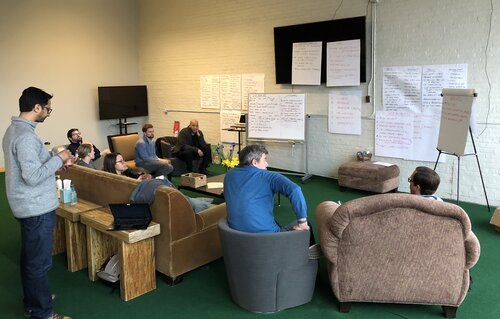It’s that time of year. From November through January, many companies in Junto and beyond hold their annual offsite or planning retreat. I’ve run my fair share, both for our our business and others, and here are some shared experiences:
-
The Why: To set the company’s operating plan for the next year – including priorities, KPIs, strategic initiatives, etc. – and create alignment within the executive team.
-
The Where: Anywhere but the office, ideally out of town, to get everyone in a different state of mind.
-
The Who: The entire executive/leadership team is most important. Some companies include second-level managers and/or the entire team but, from experience, it’s best to have them attend at specific points and it requires more time planning the agenda.
-
The When: In my experience, December or early January are the best times given people’s mindset and available data from the current/recent year. I’ve also found that 2-3 days are ideal, depending on if long-term strategic planning is part of the process (that can require 1-2 days itself).
-
The What: I like to start with a current year review, devoting the rest of the time to brainstorming priorities, discussing and debating them, agreeing on 4-8 total, identifying priority owners, and setting KPIs.
-
The How: I’ve found pre-work to be the magic ingredient, forcing people to think in advance and get in the right mindset. An outside facilitator helps all the executives participate, keeps things on track, and helps enforce the purpose and protocols. Respectful disagreement and debate are healthy with the right protocols.
-
The What’s Next: I’ve seen too many annual plans die in Q1. To prevent that, I’ve found that publishing the plan right away, sharing it with the entire team, and following a diligent review schedule (ideally, every 1-2 weeks) is vital.
From my experience, a strong annual planning cycle and execution of the plan can dramatically improve the way companies operate, build alignment, communicate, and achieve their priorities.
Like most things, what we get out of it is a result of what we put in.


